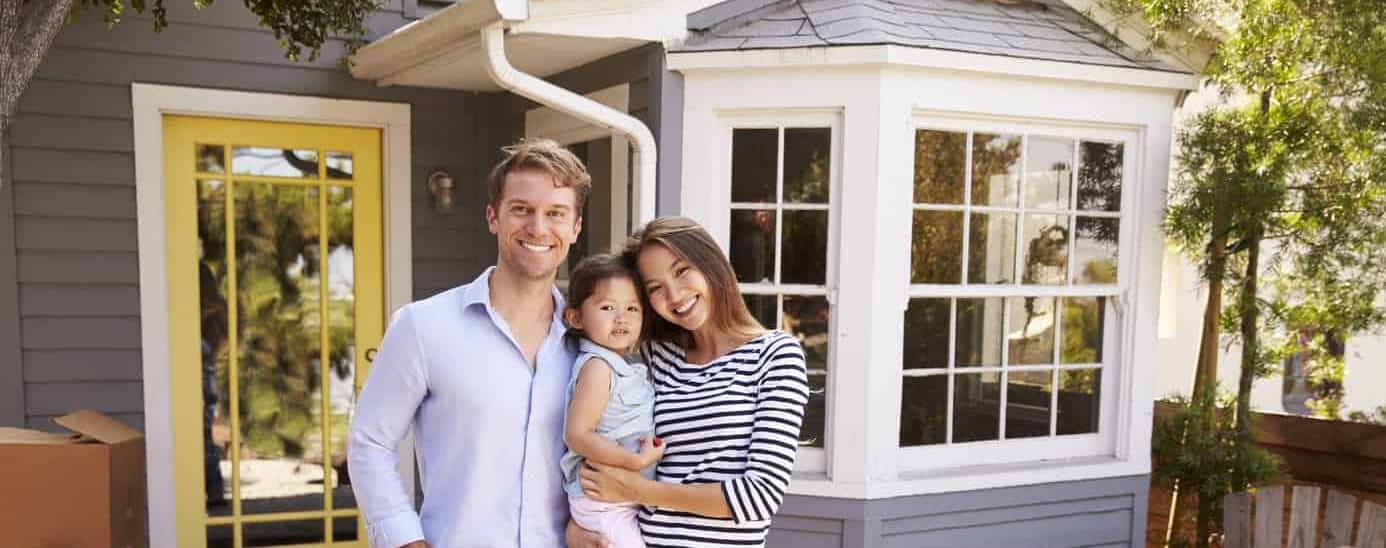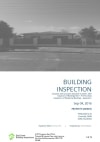Ventilation Inspections
Inadequate ventilation to a sub-floor or building is one of the most common defects in a building inspection, but you don’t have to wait until you sell your property to find out you have ventilation issues.
East Coast Building Inspections provide a ventilation inspection service that will provide you recommendations on how to rectify inadequate ventilation around your home or building. We provide our clients with a comprehensive report, indicating what water related issues your property has & how to rectify them. We recommend regular building inspections just like your annual pest inspection, this can save you tens of thousands in the long run.
Inadequate Ventilation
Ventilation, there are many factors leading to abnormal moisture levels in the subfloor area plumbing leaks, inadequate drainage, inadequate water proofing, vents half covered by vegetation, pavers & concrete are the main culprits.
Usually water from the soil mainly in the subfloor area evaporates and condenses on the cooler surfaces of the floor. But in cases of poor subfloor ventilation condensation builds up, this allows flooring timbers to gain moisture increasing the risk of wood decay, rot and a build-up of fungi, mould growth, structural weakness & causing serious health issues.
Signs of inadequate sub-floor ventilation
When you see grass and other vegetation growing from inside the wall or soil building up, it is a clear indication of an underlying problem with subfloor ventilation.
If you enter a building and you smell a musty odour, it may be because of a subfloor ventilation problem.
The build-up of mould and fungi on the walls.
When floor boards start splitting or lifting, it may be because of excess moisture due to a lack of subfloor ventilation.
Concrete paths or patio flooring have been laid and are blocking the vents allowing water to penetrate & stopping air flow.
Vegetation covering vents allowing water to penetrate & stopping air flow.
Inadequate cross flow of air, which means the internal foundation walls do not allow ventilators to line up allowing air in and out.
Dampness problems
Decay and mould are health risks to both the home and its occupants if left unattended they can cause rapid structural failure and serious health problems. They are generally caused by poor subfloor ventilation or ground clearance, excess moisture, pipes or plumbing that are leaking, water penetration from inadequate site drainage or condensation build-up.
Rising damp is an unsightly cause of poor indoor air quality through rot and mould. It arises in the absence or breakdown of damp-proof courses in masonry and if left untreated will rot timbers that are in contact with the masonry and cause structural failures. Leaking shower recesses are a common problem in homes, commonly because of movement in timber structures and failure of waterproofing membranes.



